
12 best places to see the autumn leaves near Tokyo
Autumn in Japan is a season celebrated for its stunning transformation, when landscapes become blanketed in brilliant shades of red, orange, and yellow. Near Tokyo, there are a variety of picturesque spots to witness the fall foliage, or *koyo*. From serene Japanese gardens in the heart of the city to scenic mountain trails a short train ride away, each location offers a unique view of Japan’s autumn charm. Here are twelve of the best places near Tokyo to experience the beauty of Japan’s autumn season and capture unforgettable memories.
Contents
1. Rikugien Garden
Rikugien Garden, located in Tokyo’s Bunkyo Ward, is a beautiful example of a traditional Edo-period landscape garden. Its tranquil ponds, carefully designed pathways, and abundance of maple trees make it a picturesque spot for autumn leaf viewing. In fall, the garden's maples turn vibrant shades of red, orange, and yellow, creating an incredible display against the clear, crisp sky. Rikugien is also known for its evening illuminations during peak season, when lights are carefully placed around the garden to enhance the beauty of the autumn foliage and provide a romantic setting for an evening stroll. The garden’s central pond reflects the colorful leaves, creating a mesmerizing effect that attracts photographers and nature enthusiasts alike.
Best Time to Visit: Mid-November to early December.
2. Mount Takao
Just an hour from central Tokyo, Mount Takao is a favorite destination for autumn leaf viewing. This mountain offers a variety of hiking trails for different skill levels, all of which are lined with maples, ginkgo, and oak trees that turn vibrant hues of red, orange, and yellow in autumn. Along the way, hikers pass beautiful shrines and peaceful rest areas where they can take in the autumn scenery. For those who prefer not to hike, a cable car and chair lift provide easy access to the summit, which offers panoramic views of the colorful landscape and even Mount Fuji on clear days. Mount Takao also hosts an autumn festival where visitors can enjoy traditional performances, food, and crafts.
Best Time to Visit: Late November.
3. Showa Memorial Park
Showa Memorial Park, or Showa Kinen Park, in Tachikawa is one of Tokyo’s largest green spaces. This expansive park features a variety of gardens, ponds, and open spaces where families can enjoy a full day of outdoor activities. In autumn, Showa Memorial Park’s Ginkgo Avenue becomes a golden tunnel as the leaves turn yellow, creating an incredible sight for visitors. The park also has several groves of maple trees that turn vivid shades of red and orange, adding more color to the landscape. With biking paths, picnic areas, and seasonal events, Showa Memorial Park is a fantastic autumn destination for families and groups of friends. The park’s sheer size means there’s plenty of room to explore and enjoy the colors at your own pace.
Best Time to Visit: Early to late November.
4. Hakone
Known for its hot springs, mountains, and proximity to Mount Fuji, Hakone is one of the most popular destinations near Tokyo for leaf viewing. The autumn colors here are breathtaking, especially around Lake Ashi, where vibrant maple trees contrast beautifully with the calm lake waters. Visitors can take a scenic cruise on Lake Ashi to get panoramic views of both Mount Fuji and the colorful foliage. The Hakone Ropeway is another excellent way to view the autumn colors from above, while the Hakone Open-Air Museum combines art and nature, with sculptures displayed against a backdrop of autumn leaves. For those seeking relaxation, Hakone’s hot springs provide a perfect way to unwind while surrounded by fall colors.
Best Time to Visit: Late October to mid-November.
5. Lake Kawaguchi
Lake Kawaguchi, one of the Fuji Five Lakes, is a spectacular destination for autumn leaf viewing with Mount Fuji in the background. The Momiji (Maple) Corridor, a tree-lined path along the lake’s shore, becomes a brilliant tunnel of red, orange, and yellow leaves during autumn. Visitors can walk along the pathway, which is often illuminated in the evenings, creating a magical atmosphere. Lake Kawaguchi also hosts an autumn leaves festival where visitors can enjoy local food stalls, traditional music, and crafts while surrounded by colorful foliage. The sight of Mount Fuji rising behind the autumn leaves makes Lake Kawaguchi a truly unforgettable experience.
Best Time to Visit: Early to mid-November.
6. Meiji Jingu Gaien
Meiji Jingu Gaien, located near Harajuku and Shibuya, is best known for its iconic Ginkgo Avenue. This long row of ginkgo trees turns a vibrant golden yellow in autumn, creating a glowing tunnel effect. The avenue is a popular location for both locals and tourists, with many stopping for photos or a leisurely stroll through the golden leaves. The surrounding area includes cafes, galleries, and sports facilities, offering plenty of activities to enjoy after taking in the autumn colors. With its easy access and central location, Meiji Jingu Gaien is a convenient option for those looking to experience autumn in Tokyo without leaving the city.
Best Time to Visit: Late November to early December.
7. Nikko
Nikko, a UNESCO World Heritage Site located in Tochigi Prefecture, is famous for its beautiful shrines, temples, and stunning natural landscape. In autumn, the forests around Nikko become a vibrant mix of red, orange, and yellow, providing a scenic backdrop for the area’s historic buildings. The area around Lake Chuzenji and Kegon Falls is particularly popular for leaf viewing, with the colorful foliage and waterfalls creating a picturesque setting. In addition to its scenic beauty, Nikko also offers visitors a chance to explore Japan’s rich cultural heritage, with famous sites like the Toshogu Shrine adding historical significance to the visit.
Best Time to Visit: Mid-October to early November.
8. Kairakuen Garden
Located in Ibaraki Prefecture, Kairakuen Garden is one of Japan’s three great gardens, known for its seasonal beauty and traditional Japanese landscape design. While famous for its plum trees in spring, Kairakuen is equally captivating in autumn, when its maple and ginkgo trees turn vibrant shades of red, orange, and yellow. The garden’s hillside location offers lovely views over the surrounding area, and its spacious layout allows visitors to explore at their own pace. Kairakuen provides a peaceful setting for a day of relaxation, leaf viewing, and enjoying traditional Japanese garden design.
Best Time to Visit: Late November.
9. Okutama Mountains
Just west of Tokyo, the Okutama Mountains provide a more rugged, natural setting for leaf viewing. The area is filled with hiking trails that pass through dense forests, rivers, and waterfalls, creating beautiful scenery as the leaves change colors. Lake Okutama is particularly stunning in autumn, with the colorful leaves reflecting in the calm water. For those who enjoy hiking, the Okutama Mountains offer a variety of trails with scenic overlooks that showcase the vibrant autumn foliage. This area is ideal for those who want to escape the city and experience the beauty of Japan’s natural landscape up close.
Best Time to Visit: Late October to early November.
10. Mifuneyama Rakuen
Located in Saga Prefecture, Mifuneyama Rakuen is a sprawling Japanese garden known for its seasonal beauty. Though farther from Tokyo, this garden’s autumn display is worth the trip. The garden’s extensive pathways are lined with maples and azaleas, and during the peak season, it hosts evening illuminations that light up the autumn leaves. Visitors can enjoy a romantic walk under the illuminated canopy or relax in the tea house while taking in the beautiful views. Mifuneyama Rakuen offers a unique blend of traditional Japanese garden elements with vibrant autumn colors, creating an unforgettable experience.
Best Time to Visit: Mid-November to early December.
11. Koishikawa Korakuen Garden
One of Tokyo’s oldest gardens, Koishikawa Korakuen offers a peaceful setting for autumn leaf viewing. The garden’s traditional design includes ponds, stone bridges, and pathways that showcase Japan’s beauty in every season. In autumn, Koishikawa Korakuen’s maple trees turn brilliant red and orange, creating a serene atmosphere perfect for a quiet afternoon stroll. The garden’s careful layout and strategic placement of trees and ponds provide beautiful reflections of the autumn colors, making it a favorite spot for photographers. Its location in Bunkyo Ward makes it an accessible escape from the busy streets of Tokyo.
Best Time to Visit: Late November to early December.
12. Yoyogi Park
Adjacent to the vibrant Harajuku district, Yoyogi Park is a popular spot for leaf viewing, picnics, and people-watching. The park’s expansive open areas and numerous ginkgo and maple trees provide plenty of space to relax and enjoy the autumn colors. Yoyogi Park’s relaxed atmosphere, central location, and accessibility make it an excellent choice for anyone looking to experience Tokyo’s autumn scenery without leaving the city. Visitors can enjoy a casual walk, join friends for a picnic under the colorful trees, or simply soak in the seasonal beauty at one of Tokyo’s most beloved parks.
Best Time to Visit: Late November to early December.
These twelve spots offer a diverse range of experiences for enjoying the beauty of Japan’s autumn season. From the historic shrines and scenic lakes of Nikko to the bustling city parks and tranquil gardens of Tokyo, each destination provides a unique view of Japan’s autumn leaves. Whether you’re seeking a quiet garden stroll or an adventurous hike, these locations showcase the best of Japan’s autumn scenery. Visiting these spots during autumn is not only a chance to see stunning foliage but also an opportunity to connect with Japan’s cultural heritage and natural beauty.
Share
You may also like
-

Visiting Japan’s Love Hotel Districts: What to Expect
Japan’s love hotel districts are famous for their unique and fascinating blend of privacy, creativity, and a touch of...
-

Top 10 Late-Night Dining Spots in Tokyo’s 24-Hour Cafes
Tokyo’s vibrant nightlife extends well beyond bars and nightclubs, with a thriving late-night dining culture tha...
-

Best Night Tours in Tokyo for After-Dark Adventures
Tokyo’s nightlife is renowned for its energy, vibrancy, and unique blend of traditional and modern experiences. From ...
-

Japan’s Late-Night Food Culture: 8 Best Street Eats
Japan’s late-night food culture is a vibrant experience, especially in bustling cities like Tokyo and Osaka, where de...
-

7 Rooftop Bars in Tokyo for Stunning Views
Tokyo’s rooftop bars offer some of the best ways to soak in the city’s skyline while enjoying drinks, atmosphere, and...
-

10 Best Nightclubs in Tokyo for Dancing and Music Lovers
Tokyo's nightlife is renowned for its variety and energy, with nightclubs that range from high-energy dance floors to...
-

8 Themed Bars and Cafes You Need to Visit in Tokyo
Tokyo is famous for its creative and quirky themed bars and cafes, offering immersive experiences for locals and...
-

Tokyo Nightlife Guide: Shinjuku, Shibuya, and Roppongi Highlights
Tokyo’s nightlife is legendary, offering a mix of vibrant energy, entertainment, and unique experiences in some of it...
-
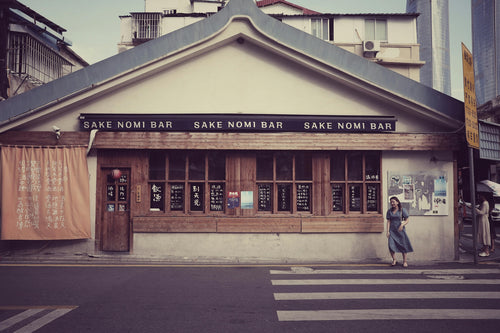
7 Best Japanese Sake Bars in Tokyo
Tokyo is home to some of Japan’s best sake bars, offering both locals and visitors an opportunity to explore the...
-

Top 6 Observation Decks in Tokyo for Scenic Views
Tokyo’s observation decks offer some of the best panoramic views of the city, giving visitors a chance to see th...
-
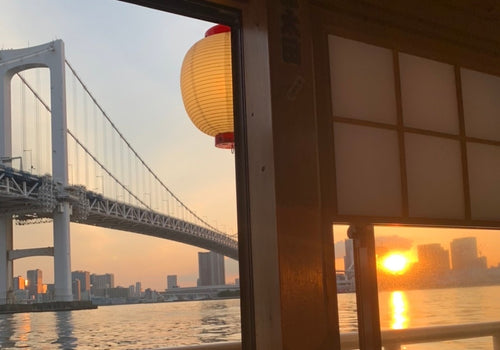
Night Cruises in Tokyo: Enjoy the City Views
Tokyo’s skyline is mesmerizing at any time, but experiencing it from the water on a night cruise adds a magical ...
-
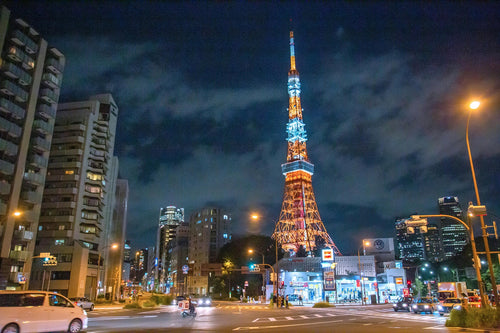
Roppongi Art and Nightlife Guide
Roppongi is one of Tokyo’s most vibrant districts, known for its lively nightlife, sophisticated art scene, and ...
-
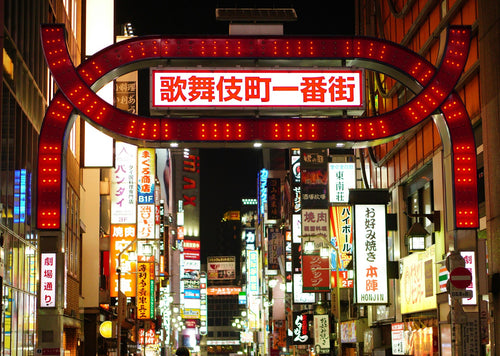
Nightlife Guide to Shinjuku Kabukicho
Shinjuku’s Kabukicho district, known as Tokyo’s “Sleepless Town,” is the center of nightlife in Tokyo. Renowned ...
-

6 Best Night View Spots in Tokyo
Tokyo at night is a breathtaking spectacle, with illuminated skyscrapers, iconic landmarks, and bustling streets that...
-

Top 12 Sake Breweries in Japan for Tasting and Tours
Japan’s sake culture is celebrated around the world for its depth, complexity, and rich history. Sake, or nihons...
-
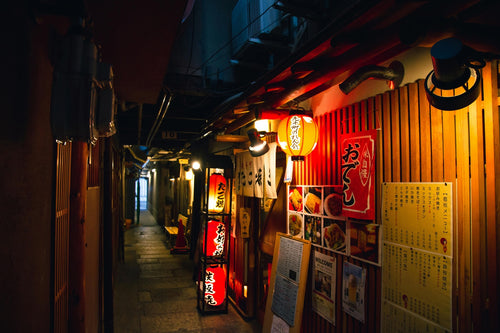
How to Enjoy a Night at a Japanese Izakaya
Japanese izakayas are casual, lively spots where locals gather after work to enjoy drinks, share small plates, a...
-

Exploring Karaoke Culture in Japan: 8 Best Places to Sing
Karaoke is an integral part of Japanese culture, offering a fun and entertaining way for friends, family, and even co...
-

5 recommended bars in Golden Gai
Golden Gai, nestled in the heart of Tokyo’s Shinjuku district, is one of the city’s most iconic bar districts. Known ...
-
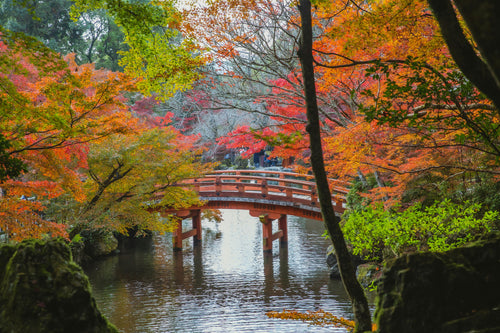
10 Japanese Gardens You Should Visit for Tranquility
Japanese gardens are renowned for their beauty, tranquility, and intricate designs that reflect harmony with nature. ...
-

Japan’s Kimono Heritage: Symbolism, Style, and Where to See
The kimono, Japan’s traditional garment, is a beautiful and symbolic representation of Japanese culture. From its int...
-
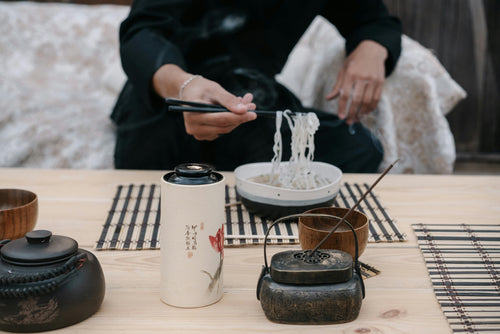
Etiquette Essentials for Visitors to Japan
Japan’s culture is rich in respect, politeness, and consideration, making etiquette an essential part of daily l...
-

7 Best Places to Discover Japan’s Samurai History
Japan’s samurai history is one of honor, skill, and deep cultural influence, stretching back centuries and leaving an...
-
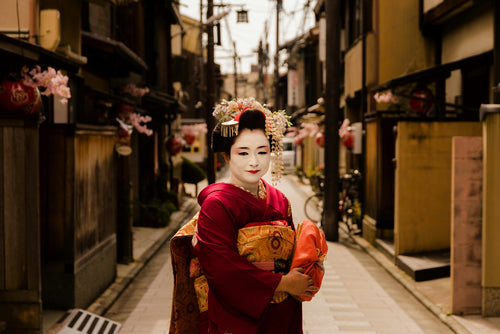
Geisha Culture in Japan: Myths and Realities
The world of geisha, Japan’s skilled performers and keepers of traditional arts, has long intrigued people around th...
-

Japan’s Unique Architecture: Top 8 Traditional and Modern Landmarks
Japan is renowned for its unique blend of ancient architectural heritage and cutting-edge modern designs. From c...
-
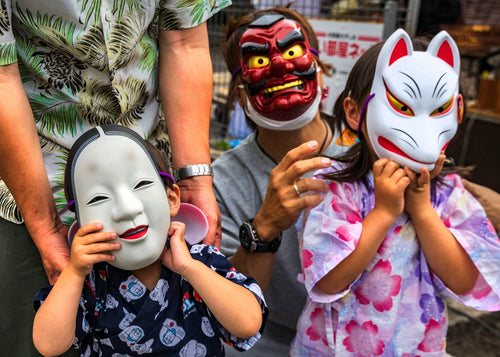
10 Traditional Japanese Festivals (Matsuri) You Can’t Miss
Japanese festivals, or *matsuri*, are vibrant celebrations of cultural heritage, featuring elaborate costumes, l...
-
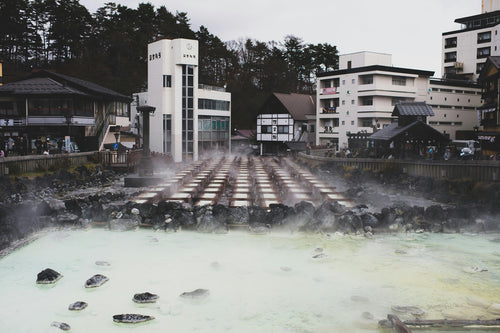
Japan’s Three Great Onsen: A Guide to Famous Hot Springs
Japan is famous for its natural hot springs, or *onsen* (温泉), offering visitors a unique opportunity to relax and rej...
-
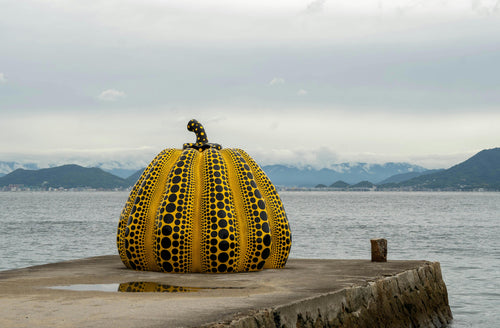
Japanese Art Exploration: Best Spots to Enjoy Art in Japan
Japan is a country rich in artistic heritage, from centuries-old traditional crafts to modern, innovative instal...
-

Guide to Japan’s Fireworks Festivals: When and Where to Go
Japan’s summer fireworks festivals, known as "hanabi taikai" (花火大会), are among the most anticipated events in th...
-
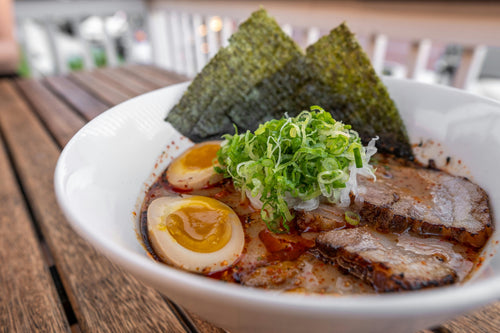
Where to Experience Ramen-Making Classes in Japan
Ramen is one of Japan’s most beloved dishes, with countless regional styles and flavors that attract food lovers from...
-
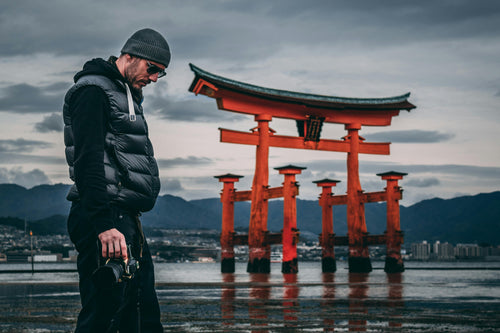
Power Spot Tours: Japan’s Famous Temples and Shrines
Japan is a land steeped in spiritual history, and visiting its temples and shrines provides not only a glimpse i...
-
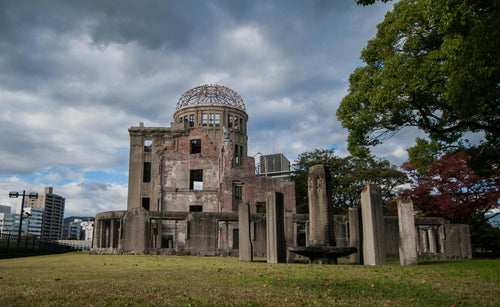
UNESCO World Heritage Site Tour Guide in Japan
Japan is home to numerous UNESCO World Heritage Sites, each offering a glimpse into the country’s rich cultural herit...
-

5 Famous Japanese Castles: History and Highlights
Japan is home to some of the most beautiful and historically significant castles in the world. Built during the feuda...
-
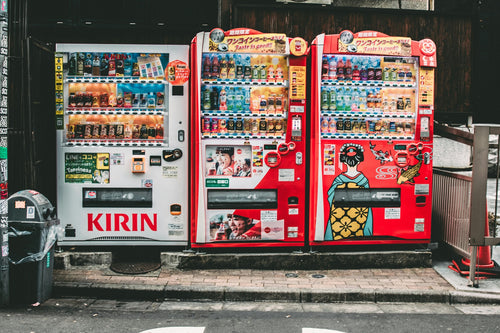
10 Unique Drinks to Try from Japanese Vending Machines
Japan is famous for its vending machines, offering an incredible variety of drinks that go beyond just soft drinks an...
-
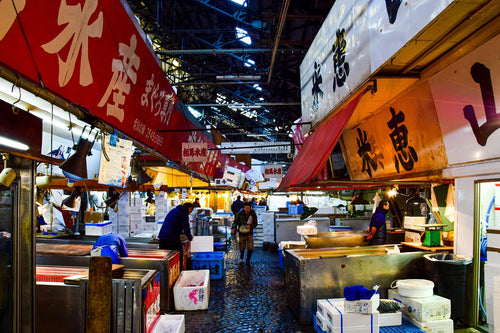
Tokyo Market Guide: Exploring Tsukiji and Toyosu Markets
Tokyo's Tsukiji and Toyosu Markets are must-visit spots for food lovers and anyone interested in Japan’s rich culinar...
-
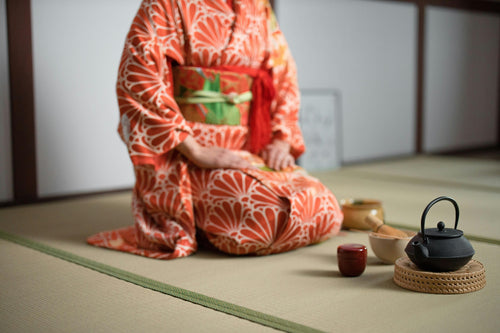
Experiencing Traditional Tea Ceremony in Tokyo
The Japanese tea ceremony, or "chanoyu," is a cultural experience steeped in tradition, aesthetics, and mindfulness....
-
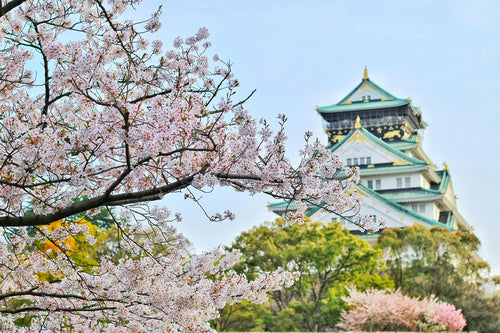
Top 7 Cherry Blossom Viewing Locations in Tokyo
Springtime in Tokyo is synonymous with the cherry blossom season, a breathtaking period when the city’s parks, rivers...
-
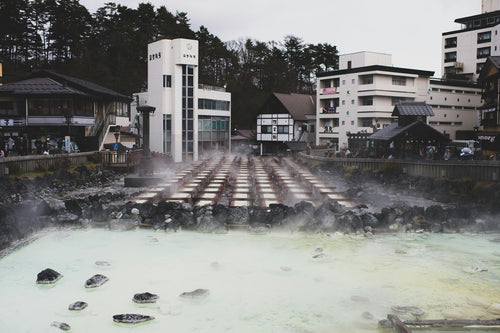
What is Onsen? A Guide to History, Benefits, and Etiquette
Onsen, Japan’s cherished hot spring culture, offers a unique blend of relaxation, scenic beauty, and deep-rooted trad...
-
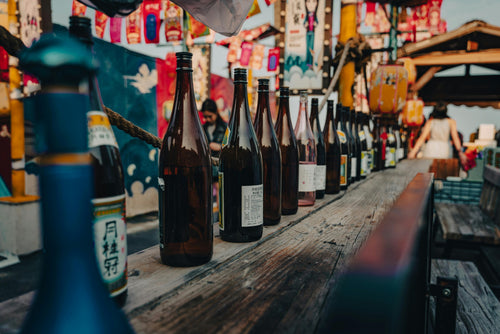
What is Sake? Its Production Method and History
Sake is a traditional Japanese alcoholic beverage made from fermented rice. It has been enjoyed in Japan for over a t...
-

8 hot springs with beautiful scenery near Tokyo
Tokyo is a bustling metropolis, but just outside the city are some of Japan's most serene hot springs, or onsens, off...
-

Top 10 museum to visit in Tokyo
Tokyo is home to a diverse range of museums that cater to all interests, from art and history to technology and pop c...
-
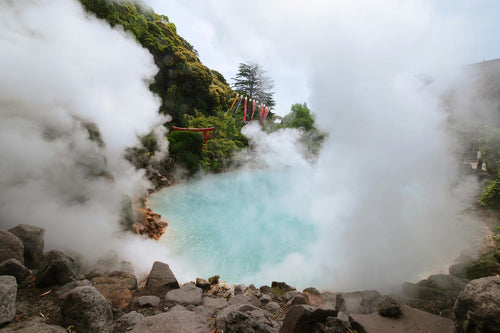
9 Best Hot Spring and Bathhouse in Tokyo
Tokyo is known for its vibrant urban energy, but it's also a fantastic place to relax and rejuvenate in hot springs (...
-
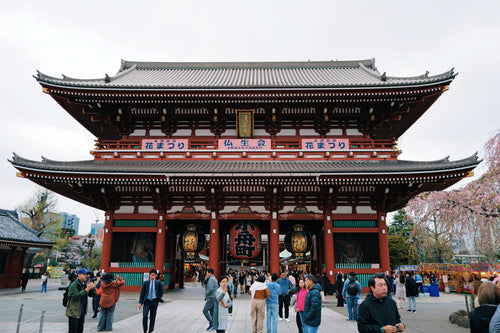
15 Famous Temples and Shrines to Visit near Tokyo
Tokyo and its surrounding areas are home to many famous temples and shrines that showcase Japan's rich spiritual and ...










































